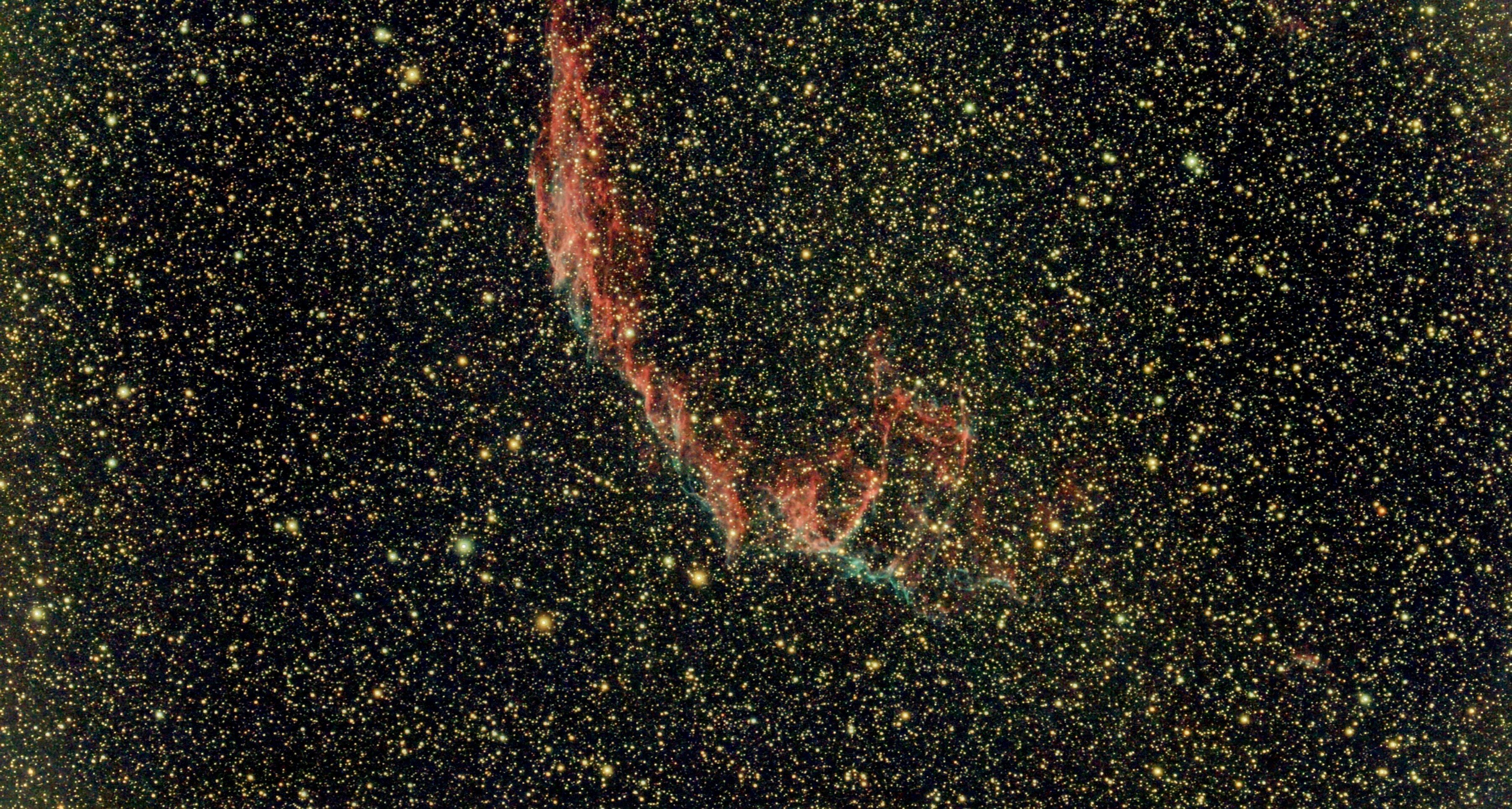- cross-posted to:
- technology@lemmy.world
- cross-posted to:
- technology@lemmy.world
SpaceX’s Starship rocket system reached several milestones in its second test flight before the rocket booster and spacecraft exploded over the Gulf of Mexico.
So, actually kinda successful.
Actually kinda really successful 👍 All 33 engines were firing, the hot staging was successful. On both the first and second stages, it looks like the automatic FTS (flight termination system) was triggered. That would happen if it veered too far off of it’s approved flight path (don’t need it coming down over a populated region.) The only thing that didn’t happen that I was hopeful for was atmospheric re-entry - we really need to see how that heat shield works in practice.
We’ll see how many satellites gets damaged by huge explosion in LEO.
What a shitty title. The launch was an absolute success.
The launch achieved most of its objectives, but it was supposed to fly farther and splash down near Hawaii. It was a success in that the 32 engines fired together, and the ship achieved separation, and there will be plenty of data about what went wrong.
But some things did go wrong, so you can’t say it was an “absolute” success. Both the superheavy and the starship were lost. Rocket science is slow and expensive progress. It’s only a failure if we abandon the project. But it is disingenuous to say that everything worked out as intended.
…but it exploded before dinner.
Taco Bell strikes again.
No it wasn’t. Absolute success would mean no explosion.
Did he blame the Jews for it blowing up?
Well that tweet is being composed with the aid of kilos of ketamine as we speak
The space lasers took it out probably
There’s no shame in highlighting what went right and still acknowledging what went terribly wrong.
Censoring the latter prevents improvements. No need for fanboyism.
On test flights, having something go terribly wrong is expected. This is the second test flight of a brand new vehicle system which also happens to be the largest and most complicated vehicle ever made. They also have half a dozen more vehicles already made and waiting to fly, each with improvements learned in manufacturing the previous one. They are behind their original schedule, for sure, but this mission was a huge success for SpaceX considering all of the things that did work.
lol: “experienced a rapid unscheduled disassembly”. That’s one way to describe it!
It weirds me out how many people want to get a brain implant done by a company of this guy
so how many?
eh… it looks like hot-staging still has some bugs to work out, but the 2nd stage worked just fine (and since that’s the part that matters, the end fate of the first stage is irrelevant)
good test all in all
What bugs? At this point we don’t have an explanation for the first-stage RUD, looking at the overlay it seems there were issues re-lighting the Raptors which could be for any reason.
From what I saw, the hot-staging went perfectly with the RUD happening when the ship was already in space.
I wonder what the simulation showed was going to happen compared to the actual flight. Would give you a real metric of progress.
If the simulation showed a problem, they could have fixed it before launch. I’m guessing they don’t have a enough data to make a super high fidelity integrated model for all phases of fight, so they’d break down the sections individually. But integration always brings extra challenges.
So they don’t have a physicist on staff? Or several? We have known the math for rocket science for some time. What data is it they need? When even NASA in the sixties has simulators.
I’m sure they have tons. But we don’t know the full thermo areo dynamics at hypersonic speeds and complex geometries, especially their effect on unconventional control surfaces across huge temperature and speed ranges. Some military companies have even bought flights on electron to get high altitude hypersonic velocity data on how the air behaves in that regime.
So rocket science…the thing the world has been doing since the end of WWII. Weird how other rockets don’t have this problem…
You know of any other companies doing a belly flop maneuver? Or a reusable first stage with hot staging?
How reusable? NASA had recoverable boosters How does math and physics change based on goals?
NASA has never used hot staging.
Yeah it’s super easy that rocket science. Just plug some numbers into a simulation and off you go. It’s not exactly brain surgery.
Tell that to Robert Goddard
Here’s the everyday astronaut livestream of the launch: https://www.youtube.com/live/6na40SqzYnU?t=27150
To late for Indipendence Day, to early for New Year - But what a splendid fireworks!
Explosion at T+03:20
Wow. Was not expecting that from the rocket.
how nice for mexico
Haha good, fuck that fascist piglet.
Thx for the ocean pollution!
You do realize that SpaceX is (currently) the only manufacturer that’s trying not to dump their rockets into the ocean (or wilderness/villages in the case of Russia and China respectively), right?
I was not aware, tho it’s a bit like hanging on to your cigarette butt while coal rolling as you drive from a private jet.
Not really. If anything, starship will be the most environmentally friendly space vehicle when it’s done. It runs on methalox which can be produced from CO2 and water. As long as the energy source is renewable, it can be 100% carbon neutral as a fuel. Since they’re planning to refuel in Mars, which has no fossil fuels, developing the technology isn’t really a choice. They have to do it either way.
And contributing to Kessler syndrome.
While the mission was similar in thrust profile to an orbital one, it was not an orbital mission. The vehicle broke down and landed about an hour after launch.









